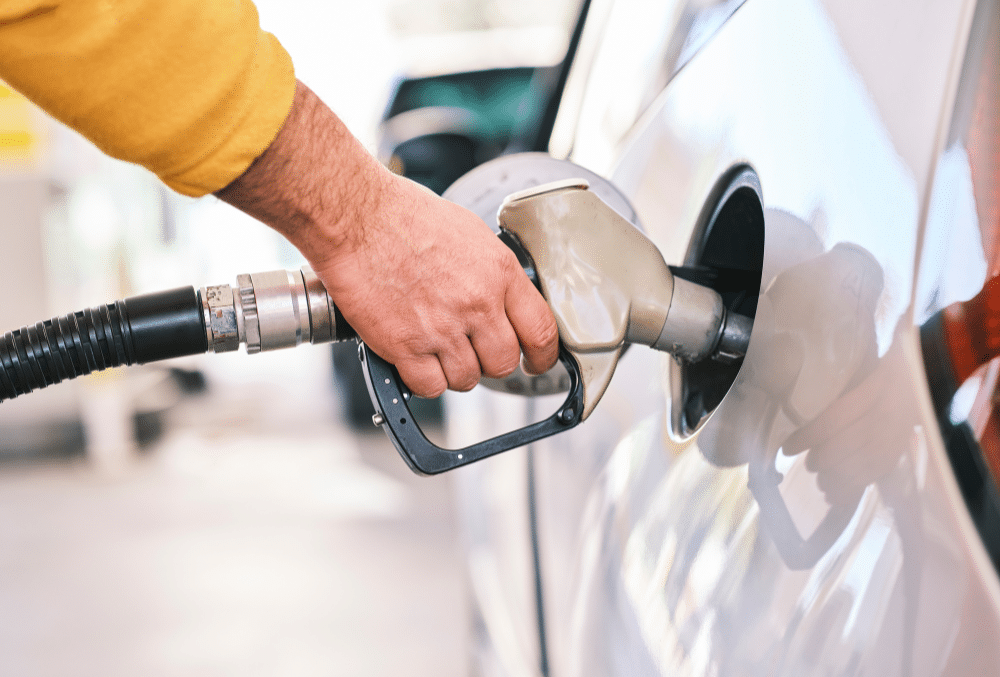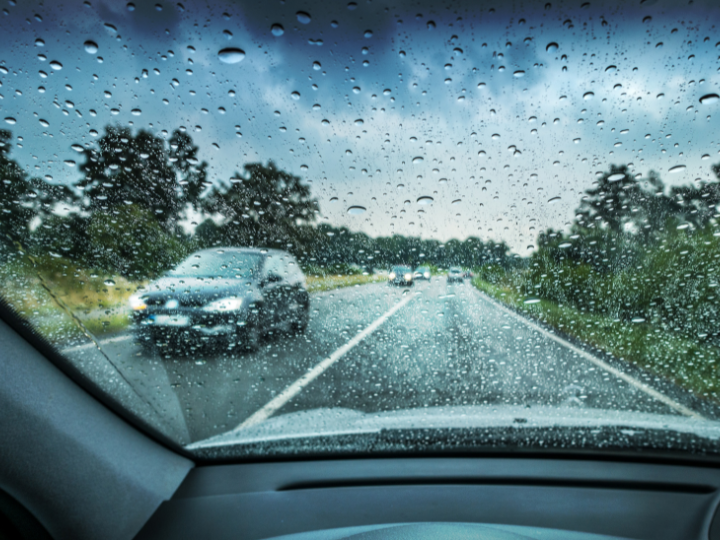Gas Prices and How They May Affect Your Summer Travels
July 11, 2022
We all love to travel, but it is hard to imagine a summer road trip without a bit of gas in the tank. Now that gas prices are breaking record highs in Canada, it is no wonder you are unsure how much you will be spending on fuel this summer.
Fortunately, you can save money on gas, whether you are driving across the country or just around town. Below, you will find some tips and tricks to help you save money on fuel this summer.
Summer Gas Prices in Ontario
The price of gasoline is on the rise. It is a fact that every year, gas prices in Canada increase around this time. But the question is, will they continue to rise?
In June 2022, the average price for regular gasoline in Ontario was $2.05 per liter, up from $1.70 in March. Currently, gas prices are likely to continue rising throughout the summer. However, the oil industry’s current volatility makes costs challenging to predict.
The average Canadian spends about $1,500 on gas each year, not including car maintenance or vehicle insurance. In Ontario, fuel prices are similar to other provinces and the national average.
8 Tips and Tricks to Save on Gas This Summer
If you are organizing a road trip this summer, here are some tips and tricks to save gas money in Canada.
1. Check Your Tire Pressure Regularly
Your tires can lose up to 10% of their air pressure each month, so you need more fuel than necessary to get where you are going. A properly inflated tire also improves fuel efficiency by reducing rolling resistance and increasing grip on the road surface for better traction.
According to Consumer Reports, under-inflated tires can lower fuel economy by as much as three percent. The correct tire pressure should be indicated on a sticker in the driver’s door frame or on the driver’s side door jamb.
If the information is not there, check the owner’s manual for the recommended pressure level for your vehicle. If that does not work, look at the tires and compare them with the guidelines from AAA.
2. Avoid Idling Unnecessarily
The longer your car idles, the more fuel you waste, so if you are waiting in traffic or at a red light, turn off your engine. You will also avoid additional wear and tear on your engine because it is not getting proper lubrication while sitting idle.
Even if you are waiting for someone else to finish up so you can merge into traffic, it is best not to idle because it wastes fuel and produces emissions from your vehicle’s exhaust system that contribute to air pollution problems.
3. Plan Ahead
Suppose you know where you are going ahead of time and use this information when deciding where to fill up your tank. For example, you are planning on driving from Calgary to Edmonton and back. Plan so that when you head home from Edmonton, there is no need for extra stops along the way for gas.
4. Use Less Fuel With Better Driving Habits
Driving and accelerating slower can save on fuel costs. It also helps reduce wear on your car’s engine and transmission by reducing stress on those parts of the vehicle during acceleration and braking.
You can save money by practicing better driving habits such as:
-
- Accelerating smoothly and braking gently
- Using cruise control
- Avoiding rapid starts and stops (known as ‘jackrabbit starts’)
- Shifting gears smoothly so that the engine does not have to work harder than necessary
5. Get an Oil Change
Your engine needs clean oil for it to work correctly and efficiently. If your car is not getting enough oil, it will need more fuel to run correctly.
You can save cash by getting an oil change every three months or 3,000 kilometers, whichever comes first. That way, you ensure your engine stays clean and well-lubricated during its lifetime. Routine oil changes help reduce friction which increases fuel consumption and reduces performance.
6. Buy Gas When it is Cold Outside
Cold weather helps reduce evaporation in storage tanks, which means less loss of fuel between refills and less need for additives such as gasoline stabilizers or antifreeze. Cold weather also causes engines to run more efficiently due to lower viscosity (less resistance) and higher octane ratings at colder temperatures.
Both factors help increase your fuel economy.
7. Avoid Driving During Peak Hours
Many people drive for work or school during rush hour traffic, which increases gas demand and raises prices at those times of the day. If possible, avoid rush hour altogether by leaving home early or taking public transportation.
Also, consider carpooling with coworkers or classmates who live close by your place of residence or work site so you can share one vehicle with multiple people.
8. Buy a Smaller Car
Smaller cars use less fuel than larger ones, so if you decide to buy a new car, choose one that uses less fuel than your current vehicle. Smaller cars use less fuel than larger ones, so if you decide to buy a new car, choose one that uses less fuel than your current vehicle.
Do not speed, either. Like your cellphone bill, it costs more per kilometer if you drive over the speed limit. So, in other words, if you want to save money on gas, do not speed.
Final Thoughts
Ontario is experiencing a gas price hike, and they are expected to continue to climb throughout the summer. So, what does that mean for you? Simply put, gas prices are starting to become a genuine concern regarding your travel plans this summer.
For many Ontario residents, their summer plans will now include factors like an increased drive time, spending a bit more on gas, and perhaps even altering their vacation plans altogether. Do not let these changes sour your summer – plan accordingly and make the most of your summer road travel.
In addition, Duliban Insurance can help you save on your Auto Insurance policy and ensure you are getting the most comprehensive coverage for the most affordable price. Contact us today to learn more.











